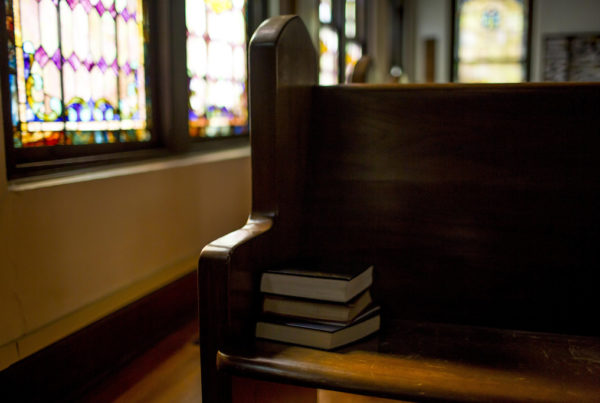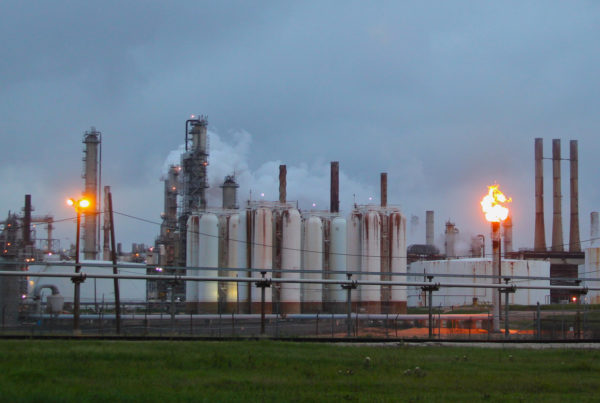Not all darkness is created equal. In a place like Big Bend, the night sky reaches depths not present closer to a big city. That’s also true of Devils River State Natural Area, located about 60 miles north of Del Rio. It’s the newest dark sky sanctuary – so designated by the International Dark-Sky Association.
Adam Dalton, program manager for the International Dark-Sky Association, or IDA, says that though you can tell the darkness of one part of the sky, relative to another, with the naked eye, IDA uses a combined quantitative and qualitative methodology.
“We use a device called the sky quality meter, which essentially measures the sky to see how dark it is. . . in a scale called magnitudes per arcsecond. The scale goes from roughly 16 to 22 and each move of 1 on the scale is actually a logarithmic change,” Dalton says.
This means the sky is 10 times darker at 21 than 20, and it’s 100 times darker at 22.
“It’s really difficult to reach 22, other than some places that are in the deep ocean that are thousands of miles away from land. . . but within the continental U.S. the darkest skies are ranging from about 21.8 magnitudes per arcsecond,” Dalton says.
The IDA combine this quantitative night sky process with more qualitative measurements.
“Our night sky measures give us a view of what’s directly overhead, but we combine that with qualitative night sky photography, which takes a 360-degree view and shows any visible light domes on the horizon to see what kind of light pollution threats are nearby,” Dalton says.
However, the IDA is concerned about extra traffic to natural areas after the dark sky sanctuary designation.
“We realize that many of these sanctuaries have minimal staffing and they might be in ecologically sensitive areas as well,” Dalton says. “We hope that. . . as a nation we increase awareness and that we can increase visitation but visitation to a sustainable and ultimately controllable level.”
An influx of visitors is not a reason for revocation of dark sky status, however.
“We have revoked [certification from] places before, if the sky quality falls below our minimum sky quality,” Dalton says. “So, for example, if a huge oil field development came up and developed right next to Devils River and the sky quality fell below that, through no fault of the park’s own, it would be therefore required to decertify.”
The biggest factor that influences the darkness of the sky is proximity to light sources. But that’s not the only factor. Humidity and elevation can also affect sky quality.
“Places that have relatively low humidity and high elevations generally have crisper and cleaner air which is best for light to travel through, in terms of sky viewing,” Dalton says.
Other environmental factors such as how often a place is covered by clouds also play a role.
What does a dark sky designation do for a place like Devils River State Natural Area?
“It draws attention. . . It allows people who live in an increasingly urbanized world to really connect with the night sky in ways that might not be possible in their homes,” Dalton says. “Places such as Devils River are really disappearing from the map largely. The vast majority of Americans from their homes cannot see the Milky Way and people who live in larger cities. . . they can only see a handful of stars. Basically guaranteeing through policy that a place will be able to offer, all external factors the same, night sky quality which is nearly completely untouched for decades, is a fantastic resource and one we’re losing in an increasingly urbanized world.”
Written by Brooke Reaves.
Note: a previous headline for this story indicated that Devils River State Natural Area is Texas’ third dark sky sanctuary. It is the state’s first.















